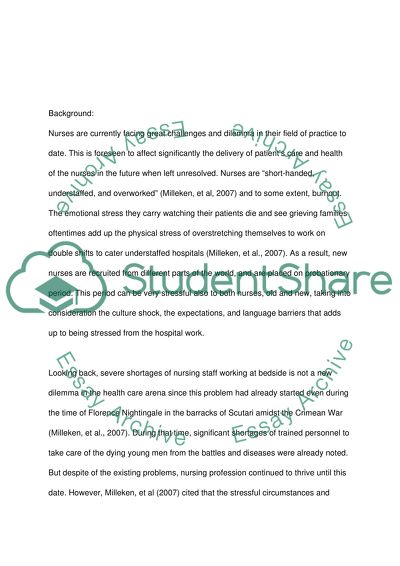Cite this document
(“How Nurses are affected by Stress in Psychiatric Unit of Somers Ward Research Paper”, n.d.)
Retrieved de https://studentshare.org/nursing/1392732-how-nurses-are-affected-by-stress-in-psychiatric-unit-of-somers-ward
Retrieved de https://studentshare.org/nursing/1392732-how-nurses-are-affected-by-stress-in-psychiatric-unit-of-somers-ward
(How Nurses Are Affected by Stress in Psychiatric Unit of Somers Ward Research Paper)
https://studentshare.org/nursing/1392732-how-nurses-are-affected-by-stress-in-psychiatric-unit-of-somers-ward.
https://studentshare.org/nursing/1392732-how-nurses-are-affected-by-stress-in-psychiatric-unit-of-somers-ward.
“How Nurses Are Affected by Stress in Psychiatric Unit of Somers Ward Research Paper”, n.d. https://studentshare.org/nursing/1392732-how-nurses-are-affected-by-stress-in-psychiatric-unit-of-somers-ward.


